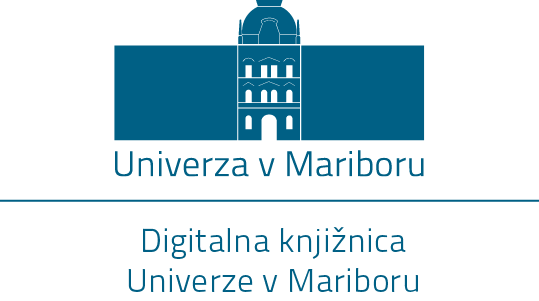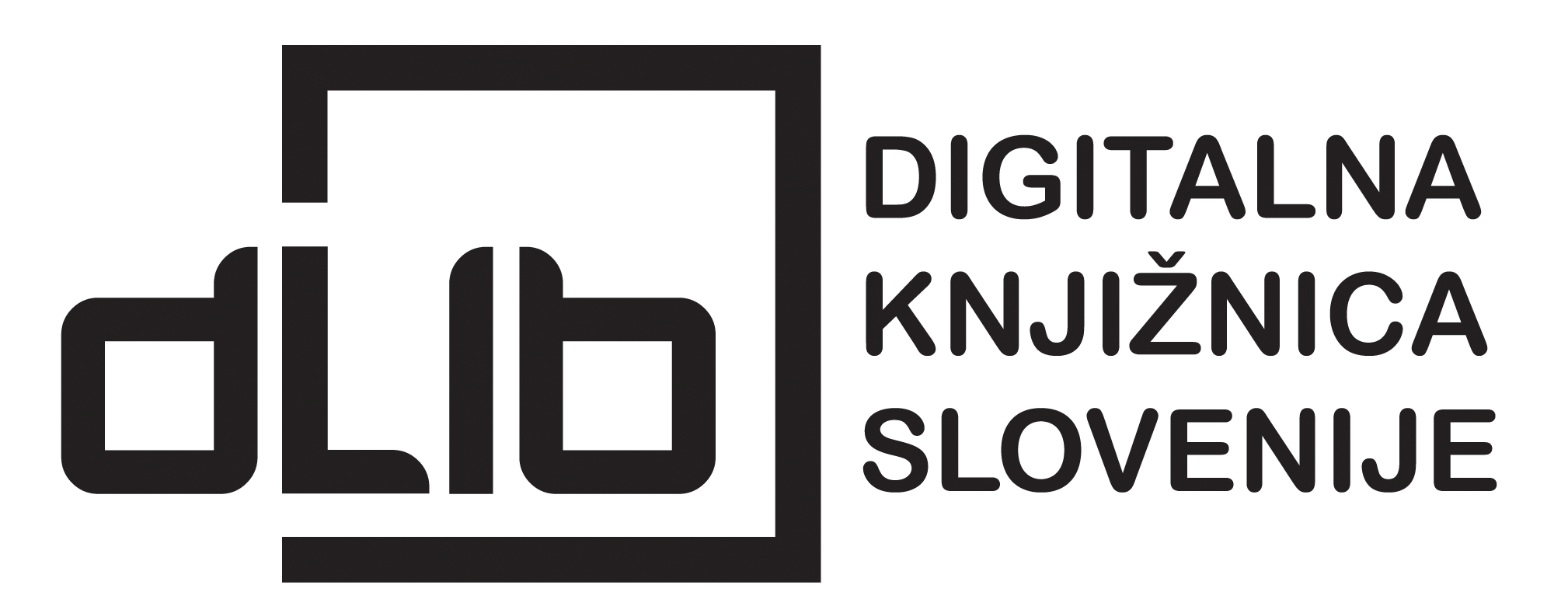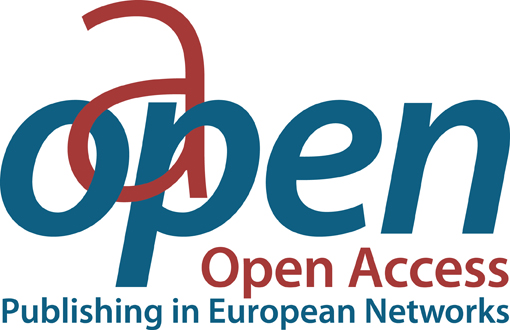Preučevanje implementacije »Pravice do odklopa« v praksi
Kratka vsebina
Prispevek obravnava implementacijo pravice do odklopa (PDO) v Sloveniji, uzakonjene novembra 2024. Izvedena je bila raziskava, katere cilj je bil ugotoviti njene prednosti, priložnosti, slabosti in grožnje na delovne procese, zaposlene v izbranih organizacijah javnega in zasebnega sektorja. S pomočjo strukturiranih intervjujev s kadrovskimi managerji smo identificirali različne prakse implementacije, kot so prilagoditev pravilnikov o delovnem času, uvedba samodejnih odzivnikov za e-pošto ter ločevanje službenih in zasebnih komunikacijskih sredstev. Rezultati so pokazali, da so izbrane zasebne organizacije večinoma hitreje in učinkoviteje implementirale PDO, medtem ko so izbrane organizacije javnega sektorja zaznamovali dodatni izzivi, kot je bila plačna reforma. SWOT analiza je razkrila prednosti PDO, kot so natančno definiran delovni čas in večja ozaveščenost zaposlenih, ter opozorila na slabosti, kot je delo na daljavo, ki zaradi celodnevnega opravljanja del in nalog, vodi v preobremenjenost zaposlenih. Zaključujemo, da je PDO pomemben korak k bolj trajnostnemu delovnemu okolju, vendar bo za njeno uspešno implementacijo potrebno nenehno prilagajanje pravilnikov, ozaveščanje zaposlenih in usklajevanje praks v organizacijah.







